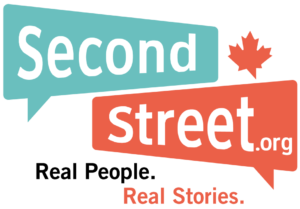Canadian milk prices 29% higher than in U.S.
SecondStreet.org released a new policy brief today that examines milk prices in the U.S. and Canada. The study calculated that Canadians are paying approximately 29% more per litre of milk than American consumers (after converting U.S. prices to Canadian dollars).
“We looked at 30 cities in the U.S. and Canada and found that Canadians are paying about 29% more for their milk than Americans,” said Mark Milke, author of the study and SecondStreet.org Senior Fellow. “A big reason for the price difference is a government policy in Canada known as supply management that restricts competition. Ultimately, this policy means Canadian families pay a lot more for their milk and the beneficiary of this policy are dairy farmers, whose average net worth was worth $4.3 million in 2017.”
The SecondStreet.org study found that On August 9, the average price for milk in 15 American cities examined was $1.01 while the average price for milk in 15 Canadian cities was $1.30 – approximately 29% higher. The new policy brief also looked at how Australia and New Zealand phased out their supply management-like systems decades ago.
“If we phased out supply management, Canadian consumers could save a fortune on milk, cheese and poultry products,” added Milke. “But not only would consumers benefit, just as we saw in Australia and New Zealand, producers could benefit too as new markets would be opened up for their product.”
To see the new SecondStreet.org policy brief – Canadian milk prices much higher than in U.S. – click here
To see SecondStreet.org’s new video on milk prices – click here
Other Canadians Share Similar Experiences:
Don and Jackie, Winnipeg
Jerry and Becky, Calgary
Troy and Erika, Victoria
Jim Jones, Toronto
You can help us continue to research and tell stories about this issue by making a donation
or sharing this content with your friends. Be sure to sign up for our updates too!


